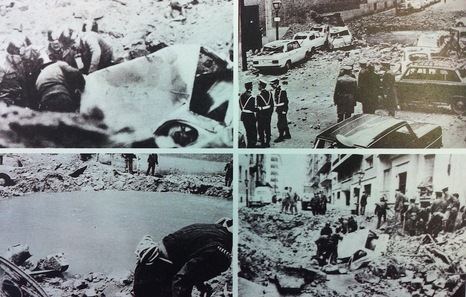 | ||
Operaci n ogro
Operación Ogro (Operation Ogre) was the name given by the Basque liberation group ETA (Euskadi Ta Askatasuna) to its assassination of Admiral Luis Carrero Blanco, the Prime Minister of Spain, on 20 December 1973. Blanco's bodyguard and driver were also killed in the operation.
Contents
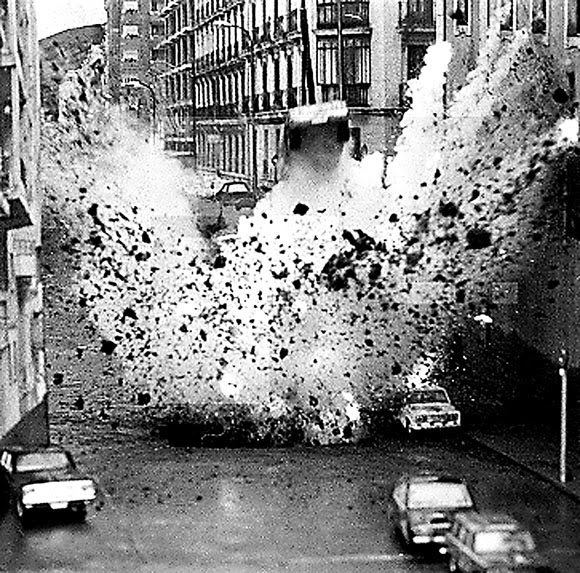
An ETA commando unit using the code name Txikia (after the nom de guerre of ETA activist Eustakio Mendizabal killed by Guardia Civil in April 1973) rented a basement flat at Calle Claudio Coello 104, Madrid, on the route that Blanco would go to mass at San Francisco de Borja church.
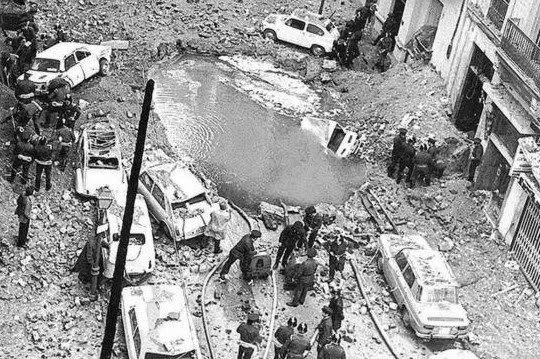
Over five months, the unit dug a tunnel under the street – telling the landlord that they were student sculptors to hide their true purpose. The tunnel was packed with 80 kg of Goma-2 that had been stolen from a Government depot.
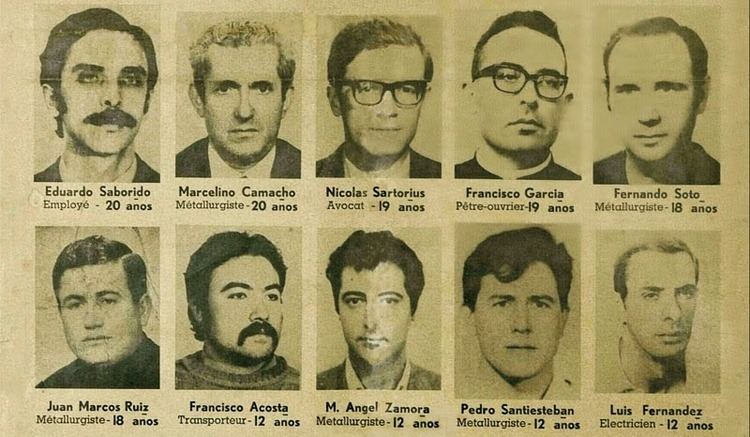
On 20 December, a three-man ETA commando unit disguised as electricians detonated the explosives by command wire as Blanco's Dodge Dart passed. The blast sent Blanco and his car 20 metres (66 ft) into the air and over a five-storey building. The car crashed to the ground on the opposite side of a Jesuit college, landing on the second-floor balcony. Blanco survived the blast but died shortly afterwards. His bodyguard and driver were killed outright. The "electricians" shouted to stunned passers-by that there had been a gas explosion, and then fled in the confusion. ETA claimed responsibility on 22 January 1974.
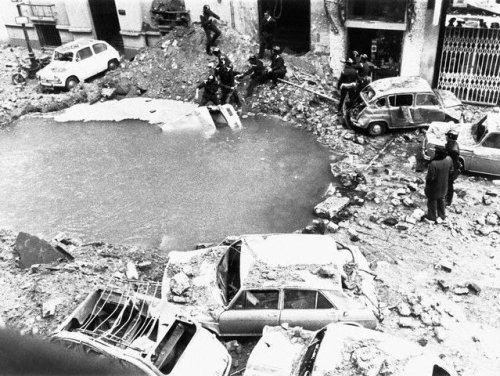
In a collective interview justifying the attack, the ETA bombers said:
The execution in itself had an order and some clear objectives. From the beginning of 1951 Carrero Blanco practically occupied the government headquarters in the regime. Carrero Blanco symbolized better than anyone else the figure of "pure Francoism" and without totally linking himself to any of the Francoist tendencies, he covertly attempted to push Opus Dei into power. A man without scruples conscientiously mounted his own State within the State: he created a network of informers within the Ministries, in the Army, in the Falange, and also in Opus Dei. His police managed to put themselves into all the Francoist apparatus. Thus he made himself the key element of the system and a fundamental piece of the oligarchy's political game. On the other hand, he came to be irreplaceable for his experience and capacity to manoeuvre and because nobody managed as he did to maintain the internal equilibrium of Francoism
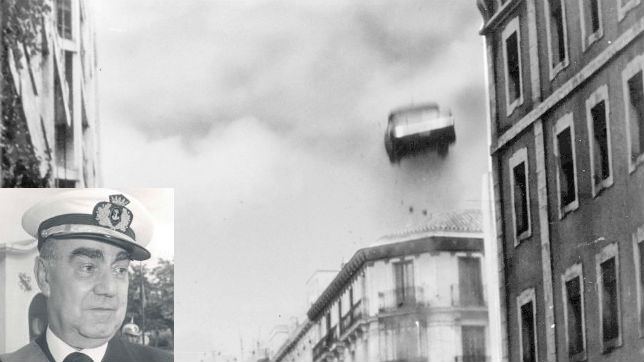
The killing was not condemned and, in some cases, was even welcomed by the Spanish opposition in exile. For some Carrero Blanco's death was a key step in the establishment of democracy, by eliminating Franco's choice of successor. In regard to Carrero's death, the former ETA member now turned a writer against Basque nationalism Jon Juaristi contends that ETA's goal with this killing was not democratization but a spiral of violence to fully destabilize Spain, heighten Franco's repression against Basque nationalism and put the average Basque citizen in the situation where they would have had to accept the lesser evil in the form of ETA's reaction against Franco's unleashed repression.
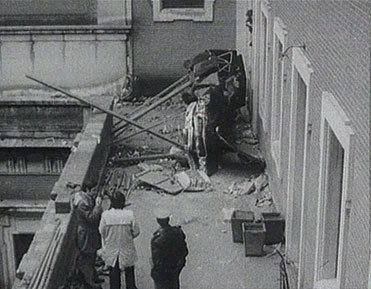
1973 operaci n ogro
